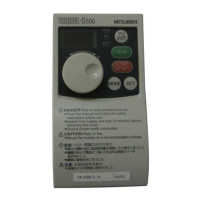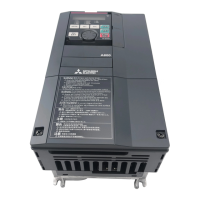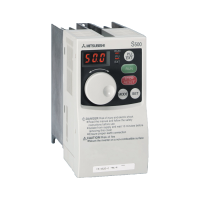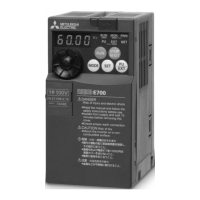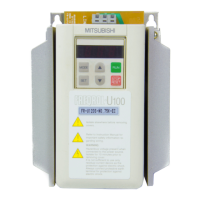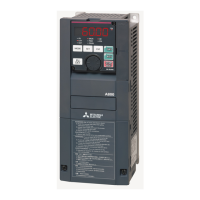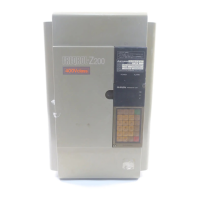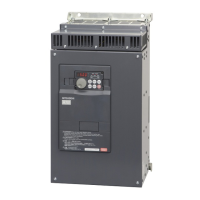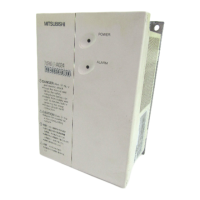REGISTER NUMBERING AND BEHAVIOR
Alarm history 2 (refer to Table 23)
Alarm history 3 (refer to Table 23)
Alarm history 4 (refer to Table 23)
Alarm history 5 (refer to Table 23)
Alarm history 6 (refer to Table 23)
Alarm history 7 (refer to Table 23)
Alarm history 8 – Least recent alarm (refer to Table 23)
Pr. 0 to Pr. 889. To calculate the register number, add 1000 to the
parameter number. For example, Pr. 123 is register 1123 (123 + 1000).
4.2 Scanned Registers
All registers are constantly being “scanned” by the interface card, which is to say that they are constantly
being read and/or written (as applicable), and their current values are therefore mirrored in the interface
card’s internal memory.
The principle disadvantage of scanned registers is that write data checking is not available. This means
that when the value of a scanned register is modified via a network protocol or via the web browser’s
monitor tab, the interface card itself is not able to determine if the new value will be accepted by the
inverter (the value may be out-of-range, or the inverter may be in a state in which it will not accept new
values being written via communications, etc.) For example, if a write is performed to a scanned
command register with a data value that is out-of-range, the interface card will not generate a
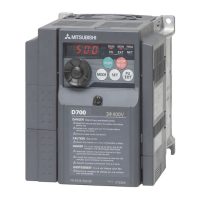
